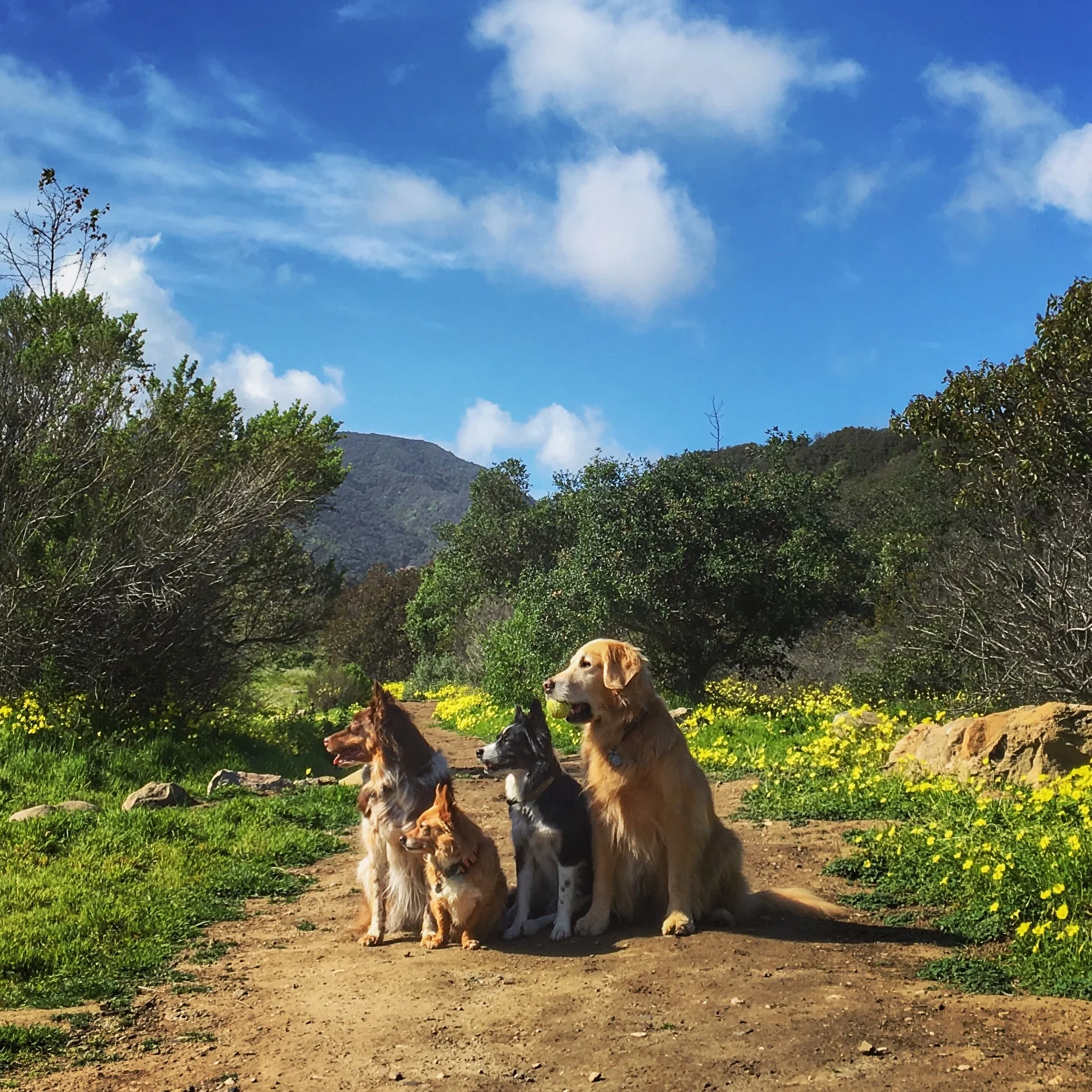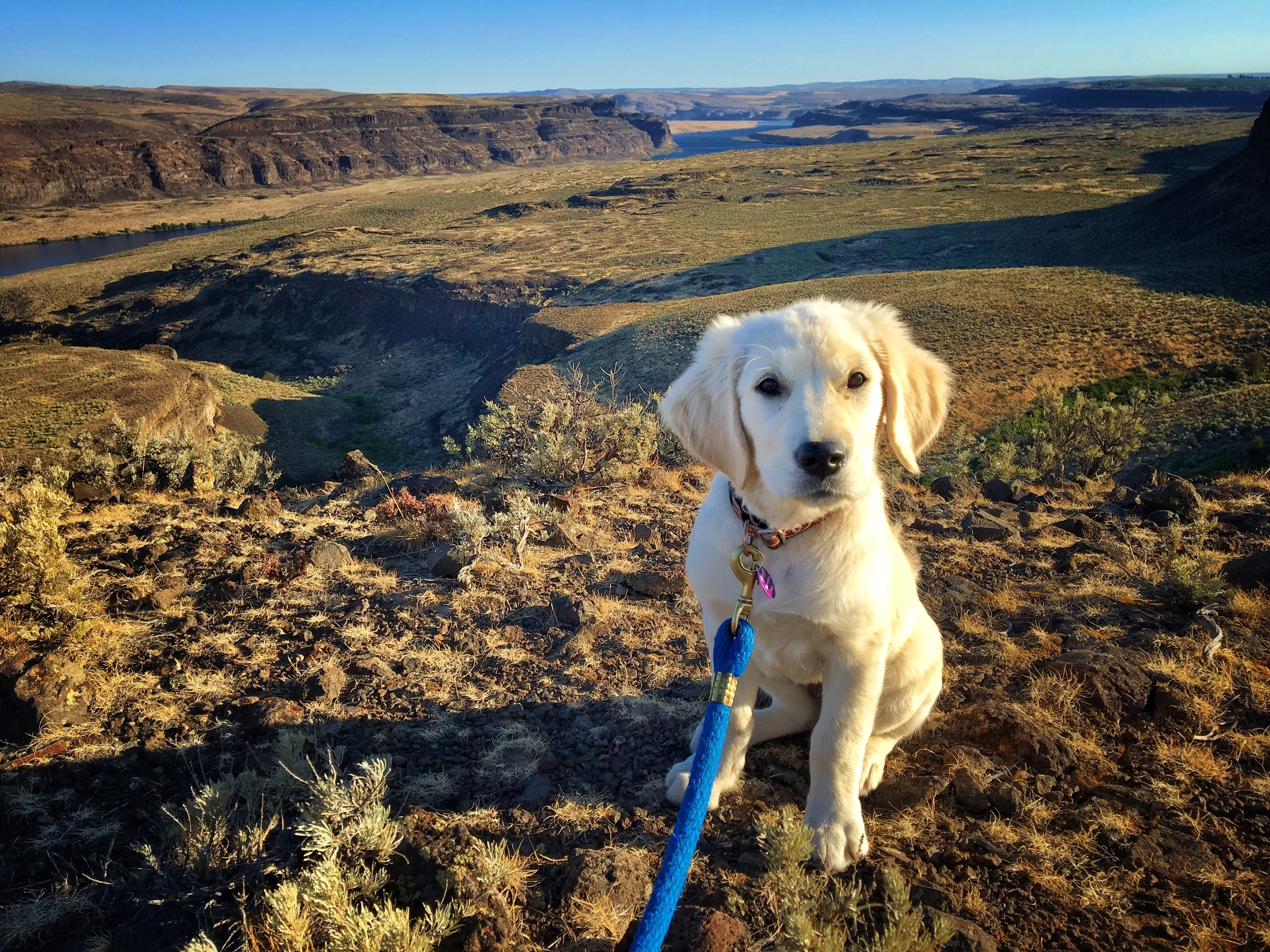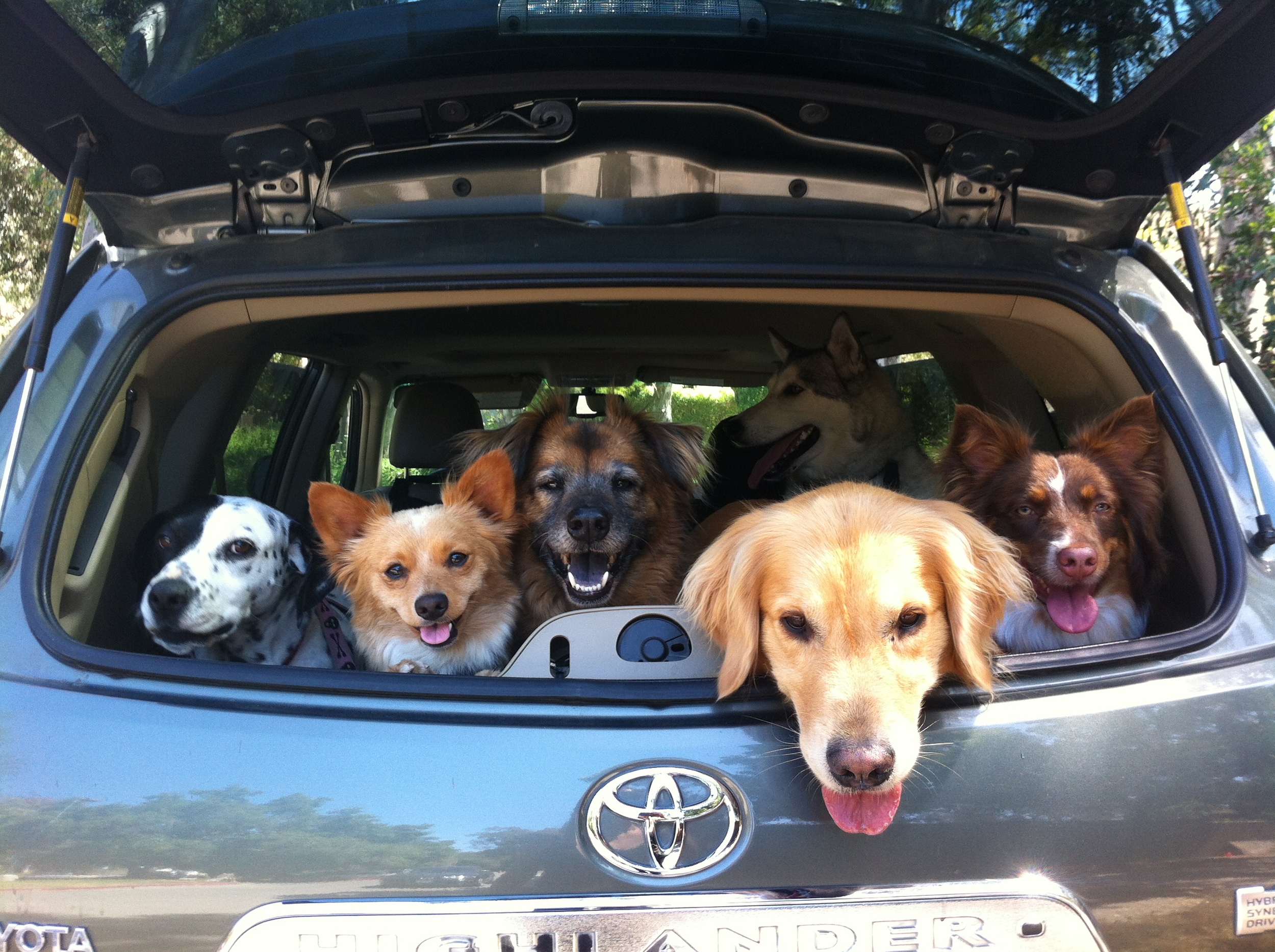.02
DOG TRAINING
“How you lead depends on your attitude, therefore, the power to lead is in your attitude. Calm, kind, confident & respectfully assertive leaders are offered the respect of their dogs with little effort.“
Brigitte Bard
DOG TRAINING
I train dogs in ways similar to how parents raise children and at times like coaches train their athletes; make it fun, make it easy, be clear, avoid confusion. Follow through, consistency and clarity are key. Let your superstar or beginner know they are making progress. Identify areas of weakness and strengthen them. Find what is good and make it better if possible. Rules, structure and rewards are put in place for the benefit of dogs as they are for children and adults. When we are consistent, clear and make learning fun, our dogs learn quickly and respond positively. We must also remember to really encourage our dogs even for small things or steps in the right direction. Let them know that we are pleased that they are doing what we want. This encouragement feels good to them like it does to us, and dogs are more likely to try harder like a child that receives encouragement and rewards for their efforts, talents and skills.
Encouragement and praise play a large part in what I do with both my dogs and their people. I focuson guiding dogs to better behavior, manners and improved skills and coach people on how tocommunicate with their dogs effectively. Just imagine how difficult it is to communicate with someone who speaks a different language. I dissolve the language barrier so-to-speak & create a bridge of communication between people and their dogs.
An equally important element of my work is that of enforcing our word. The directions, cues and rules we create for our dogs are enforced, so that our dogs learn what we are trying to communicate. They realize that what we say, we really mean; our words and signals have real meaning and therefore power. When we are clear and consistent and use words, sounds or signals to give an object, action, place etc... a label, our dogs learn these and as a result develop vocabulary.
USING NATURAL REACTIONS AND RESPONSES AS TRAINING TOOLS
Even though all dogs have their own unique personalities, they tend to respond similarly to certain situations, just as we humans do -- Take for example how we have the tendency to take a step backor move a step or two away from someone that is just a bit too close... This might seem like a silly example, but this behavior is consistent with most humans who’s boundaries have been crossed or personal space “invaded”. Jerry Seinfeld even dedicated a very funny episode to the “close talker”; the person who gets right in everyone’s face when they are talking to them. Uncomfortable, everyone would lean back or take a step or two backwards just to create some space between them and the “close talker”. This is the same thing that we experience when we are in line at the market, bank, post office ext... and someone is standing just a bit too close. They are intruding our personal space and we feel it. By standing so close within our personal space, they are unintentionally creating pressure and discomfort, so we are forced to either move or tell them to please take a step or two back. They are unknowingly (we hope) crossing our boundaries and need a little notice. As soon as they take a step back or we take a step away, we don’t feel that same pressure; we’ve “released” the pressure and it feels MUCH BETTER. Phew. Well, this works the same with dogs. They naturally utilize this notion of pressure and release among one another as do most people (unknowingly) with their dogs. When a dog’s person asks them to sit and the dog doesn’t respond, a frequent natural reaction from the person is to take a step forward toward the dog and lean down into the dog’s space. What this is doing is actually putting subtle pressure on the dog. As soon as the dog responds positively, the natural tendency for most people is to straighten their posture, pulling themselves out of the dogs personal space which ultimately releases the pressure on the dog, a very important part of the process.
I utilize natural responses such as the example above as tools to create desired behaviors and dissolve undesirable behaviors. My goal with each dog is to develop trust and work with these natural responses to get the dogs to cooperate & respond naturally and enthusiastically. My goal with each dog’s person, is to lead by example, show through touch and games how to develop trust with their dogs and share information, skills and techniques that are easy to understand, relate to and integrate.
into their life.
Turning Around Dogs that Have What I Call the “PUNK” Attitude...
These are challenges I really enjoy because you can watch the change in the attitude happen quickly, right before your eyes, and you can actually feel the bond strengthen between the dog and their person.
The dog with the “punk” attitude is more often than not, quite smart, very lovable and fun, a bit cocky at times, but doesn’t want to listen and crosses boundaries frequently. He or she can be a bit pushy, gets in their human’s physical spaces through forceful pushing, pawing, jumping, or forceful licking, can have a bit of a hyper-resistant side at times, and may also exhibit certain fears. These dogs tend to also be the types that respond wonderfully to directions when they are rewarded ie. sit, stay, wait, etc... but they think twice before responding when they are aware there is no reward.
If this dog could speak English it would seem as if he or she were saying “I don’t need to nor do I want to listen to you because I don’t have to” “No one really tells me what to do and if they have told me with words, they haven’t found a way to make me, so I just don’t do it.” This is a dog that hasn’t had to follow directions or commands regularly, has not been taught to respect boundaries and often lacks impulse control. The wonderful news is that as soon as they realize that directions, cues or commands are being enforced regularly and consistently (which is key) and that the human they are interacting with now has the “take charge” assertive attitude along with kindness and respect, the “PUNKs” become incredible team players and truly enjoy the experience. The bond is quickly strengthened and a great amount of trust develops. This is one of the most rewarding turnarounds for the dogs and their humans as well as for me.
IMPORTANCE OF IDENTIFYING& RESPECTING LEARNING DISABILITIES IN DOGS
There are circumstances that need to be taken into consideration when working with and raising dogs that I feel are often overlooked or unidentified, and these are learning disabilities or challenges. Just like people have learning disabilities, so do dogs and other animals. These learning disabilities or challenges need to be identified, respected and dealt with respectfully. Otherwise, training can quickly become abusive to the learning disabled dog.
Examples of learning disabilities & challenges in dogs:
Blindness or partial blindness
Deafness or Hearing Loss
Sense of Smell weakness - dogs rely heavily on their sense of smell
Autistic-like behaviors
Lower Level Intelligence
Physical Disabilities
Undiagnosed Illness such as:
hard to detect heart problems, brain disorders (especially seizures that go unnoticed),
Age and therefore mind health :
Just like people, dogs can learn something new at any age, but age needs to be considered depending on what is being taught. As an animal ages the rest of his or her body naturally begins to slow down and become weaker and including the brain. Lets face it, brains are similar in many ways regardless of species. Like an engine in our cars or hard drive in our computer, brains tend to slow down with age in every species of animal, so this is something to consider when working with an older dog.
















